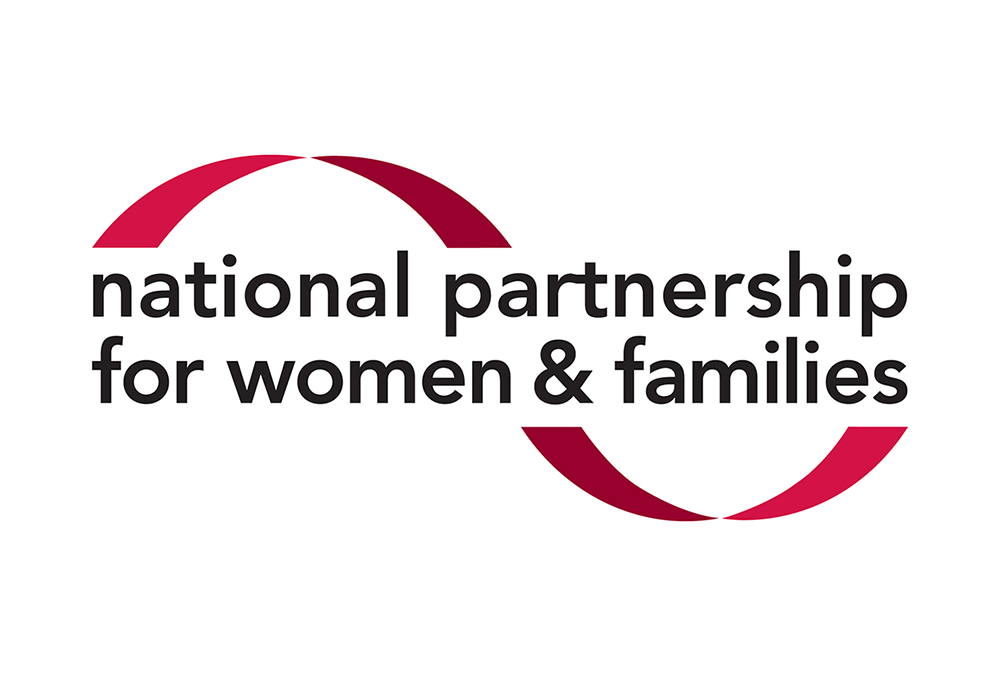We, the undersigned organizations representing the interests of women across the country, write to oppose President Trump’s unprecedented attempted firing of Federal Reserve Governor Lisa Cook and his further attempts to politicize the country’s central bank.


